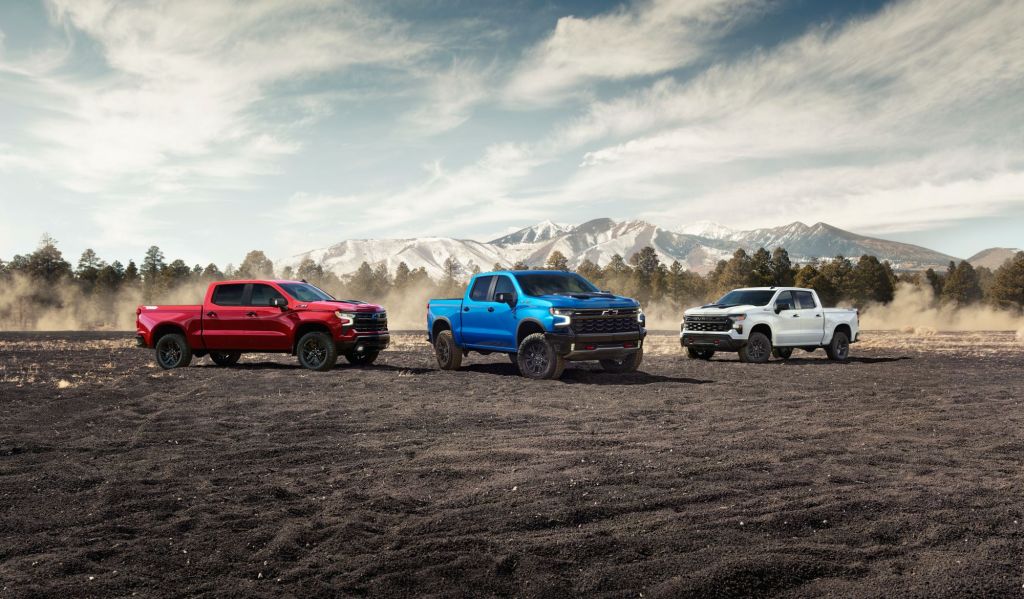There could be a big problem for GM if there are 25% tariffs on vehicles coming into the U.S. from Mexico
By Gary S. Vasilash
There is, of course, a whole lot of unknowns regarding what the forthcoming Trump administration is going to do vis-à-vis the auto industry.
This is not just a question of the elimination of the tax credit for EVs, which would undoubtedly have a huge negative effect on EV sales in the U.S. in 2025, but more troubling, the possibility of 25% tariffs on products from Mexico and Canada.
John Murphy, senior North American automotive equity research analyst at Bank of America, thinks that the 25% may be something of a negotiating tactic, not a hard-and-fast decision.
In a recent interview with Yahoo Finance, Murphy said the 25% tariff on parts and products is “unlikely to come through.”
But “unlikely” isn’t a definitive “no.”
So there could be a problem, especially for General Motors.

Murphy points out that nearly a third of GM products for sale in the U.S. come from outside the U.S., mainly Mexico.
Notably, there are Chevy Silverado and GMC Sierra pickups built south of the border.
“That creates real problems,” Murphy said.
“The question is how fast you”—or in this case, “GM”—“can react to that.”
After all, it is not as though there is some GM truck plant sitting idle in the U.S.
“They just can’t pick up and move.”
Which may be something that isn’t fully understood by politicians.
Murphy suggested that if the tariffs block the import of Chinese parts and vehicles into the U.S. that will be a “net positive” for the domestics, as well the Japanese and Korean manufacturers with an existing U.S. manufacturing footprint.
